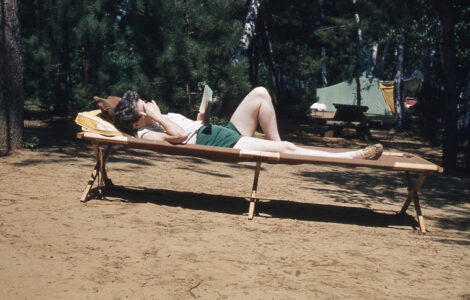Test your vehicle and traffic law knowledge
An annual winter feature of the weekly “Did You Know” columns is a 20-question quiz on vehicle and traffic law (VTL), traffic control devices (TCDs) and traffic safety. The first 10 questions are true/false and questions 11-20 are multiple choice. If you follow the weekly Did You Know columns, you should do well. The answers will be found in next week’s column. Try the quiz and see how much you know (or don’t know) about VTL and TCDs.
–
True or false
–
1. Turning left across solid double yellow lines is allowed.
2. White lines separate lanes of traffic moving in the same direction.
3. If a double solid white line separates two lanes of traffic, you may legally change lanes.
4. You cannot legally enter an intersection if traffic is backed up on the other side and you cannot get completely through.
5. Driving at night is more dangerous because 90% of a driver’s reaction depends on vision.
6. Use cruise control on slippery roads for better control.
7. Bald tires increase traction in snow.
8. Sometimes speeding up to avoid a hazard is necessary.
9. Always carry a spare can of fuel when traveling on a long-distance trip.
10. A driver who approaches an intersection must yield the right-of -way to traffic that is in the intersection.
–
Multiple choice questions
–
11. Which of the following must you obey over the other three?
A. A red light
B. A flashing red light
C. A police officer
D. A stop sign.
12. Which of the following signs is a “warning” sign?
A. Stop sign
B. Plattsburgh, 50 miles
C. Pavement ends
D. Weight limit 10 tons.
13. What shape does a regulation sign typically have?
A. Rectangle
B. Round
C. Square
D. Triangle
14. Which of the following basic principles should be met for a traffic control device to be effective?
A. Fulfill a need
B. Command attention
C. Give adequate time for response
D. All of these.
15. Speed limits in a town with a population of less than 50,000 are controlled by:
A. Town highway superintendent
B. Town supervisor
C. Town board
D. New York state Department of Transportation.
16. Headlights are mandatory in New York state:
A. When wipers are in use
B. From half an hour after sunset to half an hour before sunrise
C. If visibility is less than 1,000 feet
D. All of these.
17. If you stop alongside a road, you should:
A. Turn on your parking lights
B. Continue with your right turn signal flashing
C. Activate your four-way hazard lights.
18. It is illegal to park:
A. Within 20 feet of a crosswalk (unless a sign indicates otherwise)
B. Within 30 feet upon the approach to a stop sign
C. Alongside or obstructing a curb area which has been cut down for accessibility to a sidewalk
D. All of these.
19. Standing (parking with a licensed driver remaining in the vehicle) is allowed:
A. On any railroad track
B. On the roadway side of any vehicle already stopped or parked at the edge of or curb of a street
C. In front of a fire hydrant
D. None of these.
20. In which of the following is an open container of alcohol and/or drinking of alcohol allowed:
A. In a car driven by a designated driver
B. Only in the back seat of a passenger car
C. On a tour bus
D. None of these.
How do you think you did? The questions along with the answers will be the subject of next week’s article, so save your answers. Meanwhile, drive safely and learn the applicable vehicle and traffic laws.


